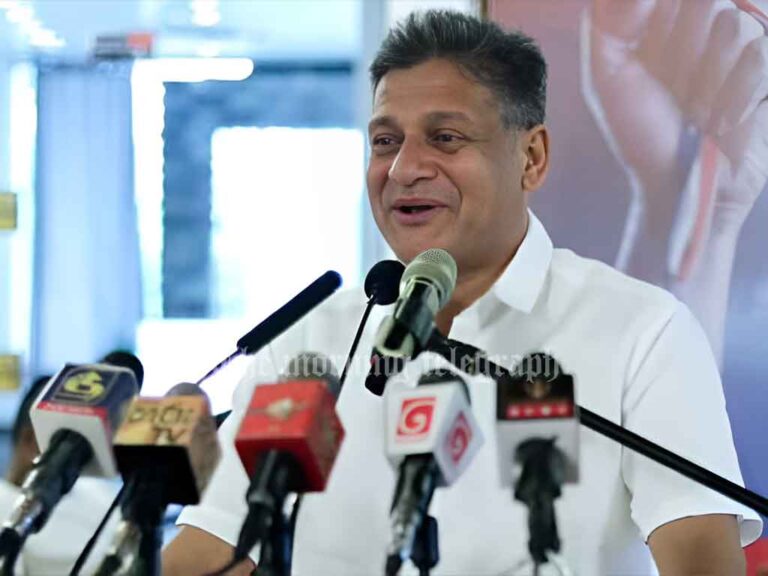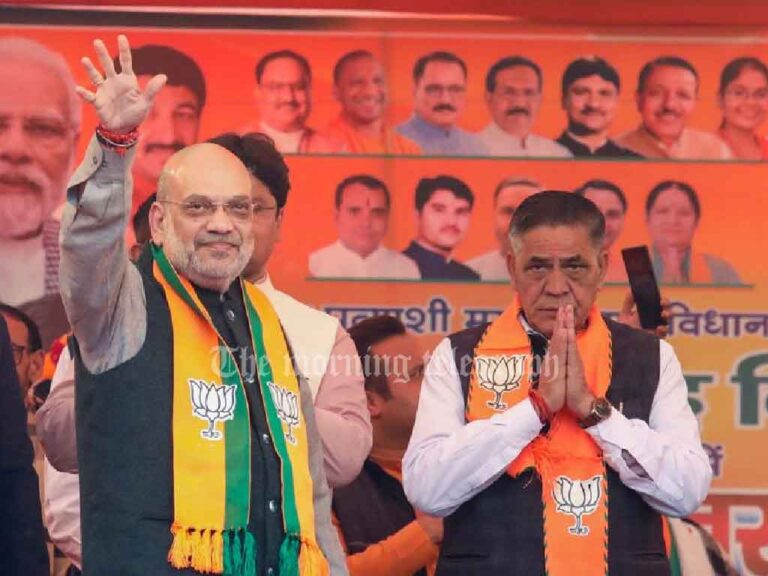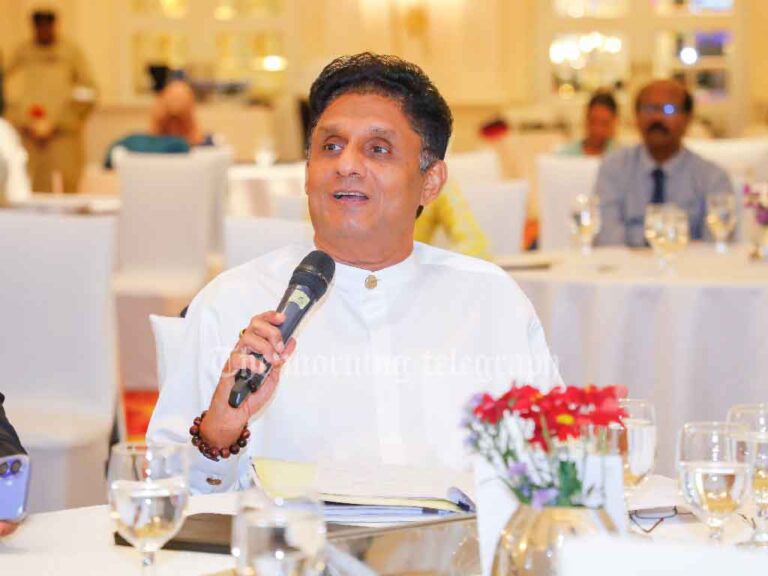
Sri Lanka’s foreign exchange reserves have declined for the third consecutive month, reaching $6.065 billion in January 2025, according to official data. The marginal drop of $57 million from December 2024 continues a downward trend that began in October 2024 when concerns were raised about money printing being used to suppress interest rates.
Economic analysts attribute the continued fall in reserves to excess liquidity and rising credit expansion. In December 2024, Sri Lanka experienced a steep increase in credit amid crisis-level excess liquidity, leading to a surge in imports, which in turn placed additional pressure on reserves. Experts have warned that Sri Lanka’s monetary policy framework, particularly the single policy rate system, has contributed to economic imbalances. This system, introduced as part of monetary policy modernization, has created excess liquidity, mispriced risk, and distorted interbank activity.
The abundant reserve framework, which allows banks to lend reserves without deposits, has been criticized for undermining natural market pricing mechanisms. Analysts note that this approach was first implemented by the Federal Reserve leading up to the U.S. housing bubble, exacerbating financial instability. A similar strategy, known as quantitative easing, was later used during banking crises, but it has historically been linked to currency devaluation, banking collapses, and sovereign defaults. In Sri Lanka’s case, the central bank injected excess reserves, allowing commercial banks to lend beyond their actual deposit base rather than following the traditional ceiling rate corridor system, which ensures better monetary control.
Economists have urged the Central Bank of Sri Lanka to shift towards a more disciplined monetary approach by allowing excess liquidity only through foreign currency purchases, known as non-borrowed reserves. Furthermore, they stress that Sri Lanka must maintain interest rates at a level slightly above what is necessary to ensure stability in external debt repayments, a steady buildup of foreign exchange reserves, and the prevention of further monetary imbalances. Unlike many Western economies, where interest rate policies are often tied to inflation targets, Sri Lanka’s interest rates are now dictated by IMF reserve targets rather than domestic inflation figures. This shift reflects the country’s priority to stabilize reserves and maintain financial credibility in the global market.
Between early 2023 and October 2024, the Central Bank of Sri Lanka followed a gentle deflationary monetary policy, which helped restore economic confidence, encouraged real savings, allowed interest rates to fall naturally, and kept inflation below the 5% target. This approach allowed Sri Lankans to recover lost purchasing power and prevented them from being heavily taxed through inflation. However, by February 2025, the excess liquidity created from past policies has largely been drained, bringing the system back to a more stable voluntary reserve structure.
Sri Lanka could take lessons from East Asian economies such as Singapore and Hong Kong, which have successfully maintained monetary stability through scarce reserve frameworks, currency controls that limit speculative lending, and stable interest rate policies only slightly above those of hard currency economies with 2% inflation targets. Unlike many Western central banks, which rely on interest rate corridors to maintain liquidity, East Asian economies focus on exchange rate stability and long-term monetary credibility, ensuring that private sector investments remain secure from currency crises.
Going forward, Sri Lanka’s economic stability will depend on how well the Central Bank manages monetary reserves while ensuring that interest rates remain high enough to control capital outflows, inflation stays manageable without excessive monetary intervention, and the foreign exchange market remains stable to prevent further reserve depletion. With a renewed focus on tightening monetary discipline, Sri Lanka now faces the challenge of balancing economic growth with financial stability while ensuring that reserves do not continue to decline in the coming months.




